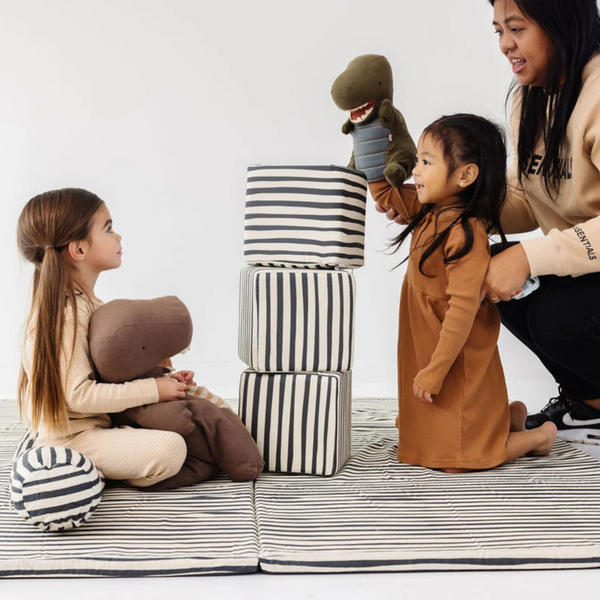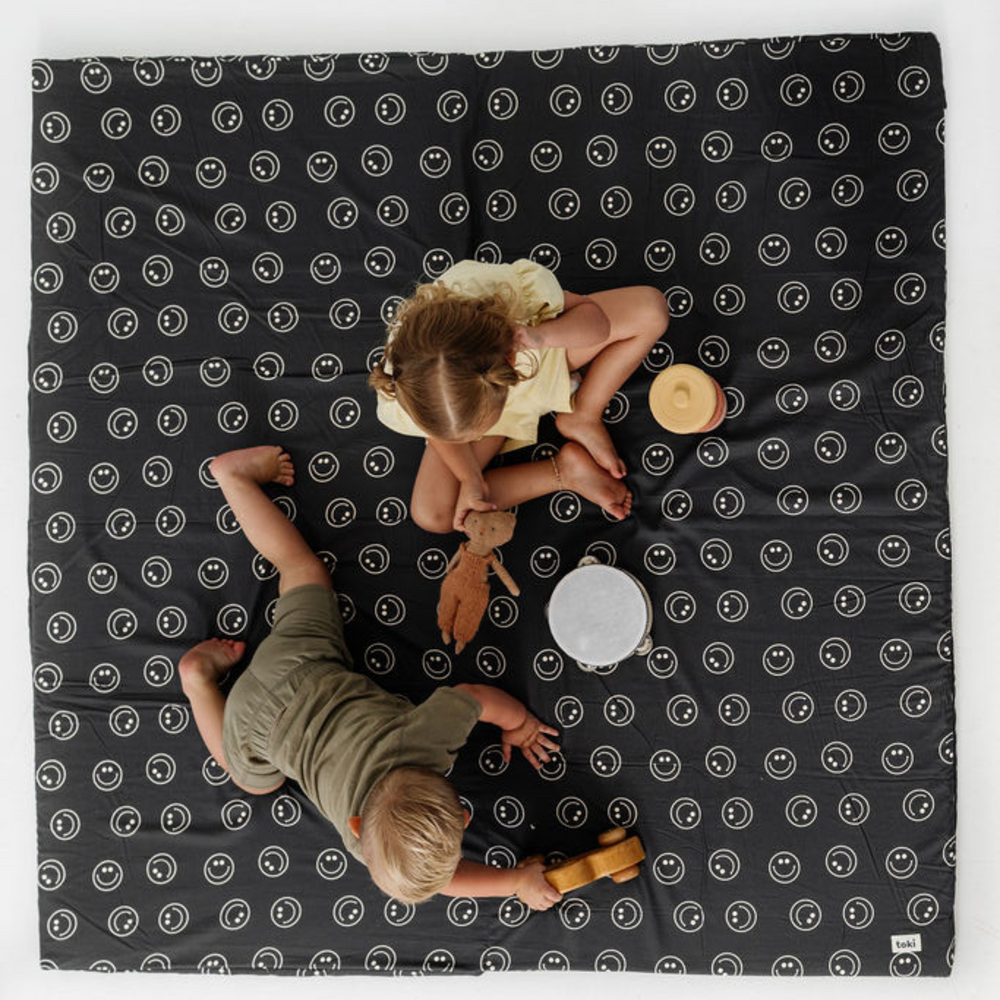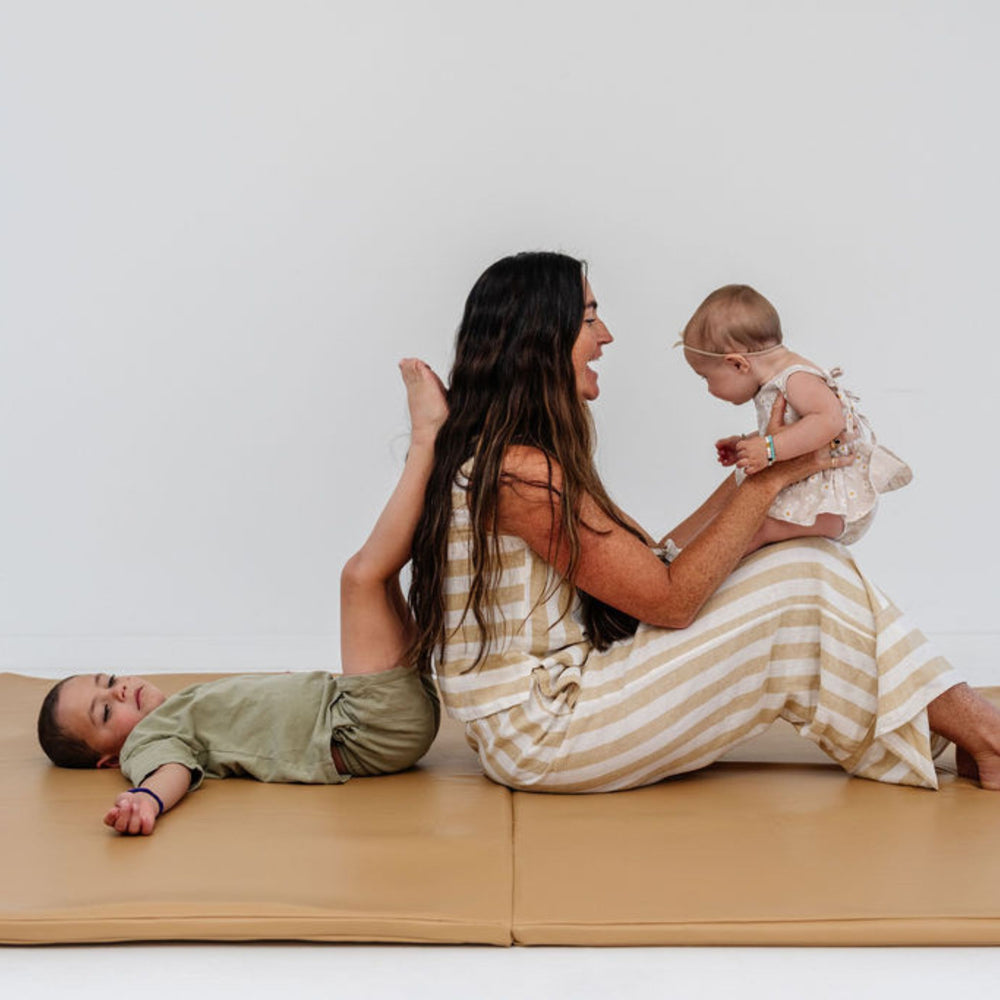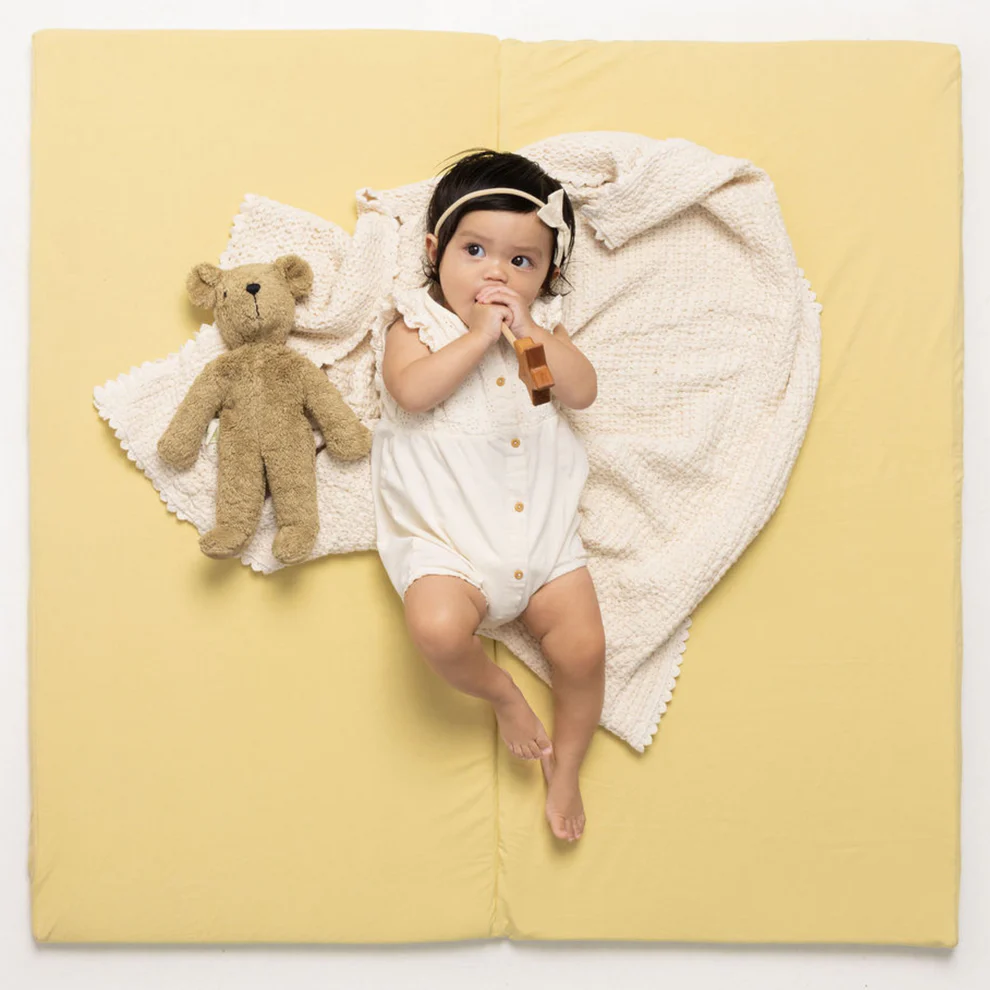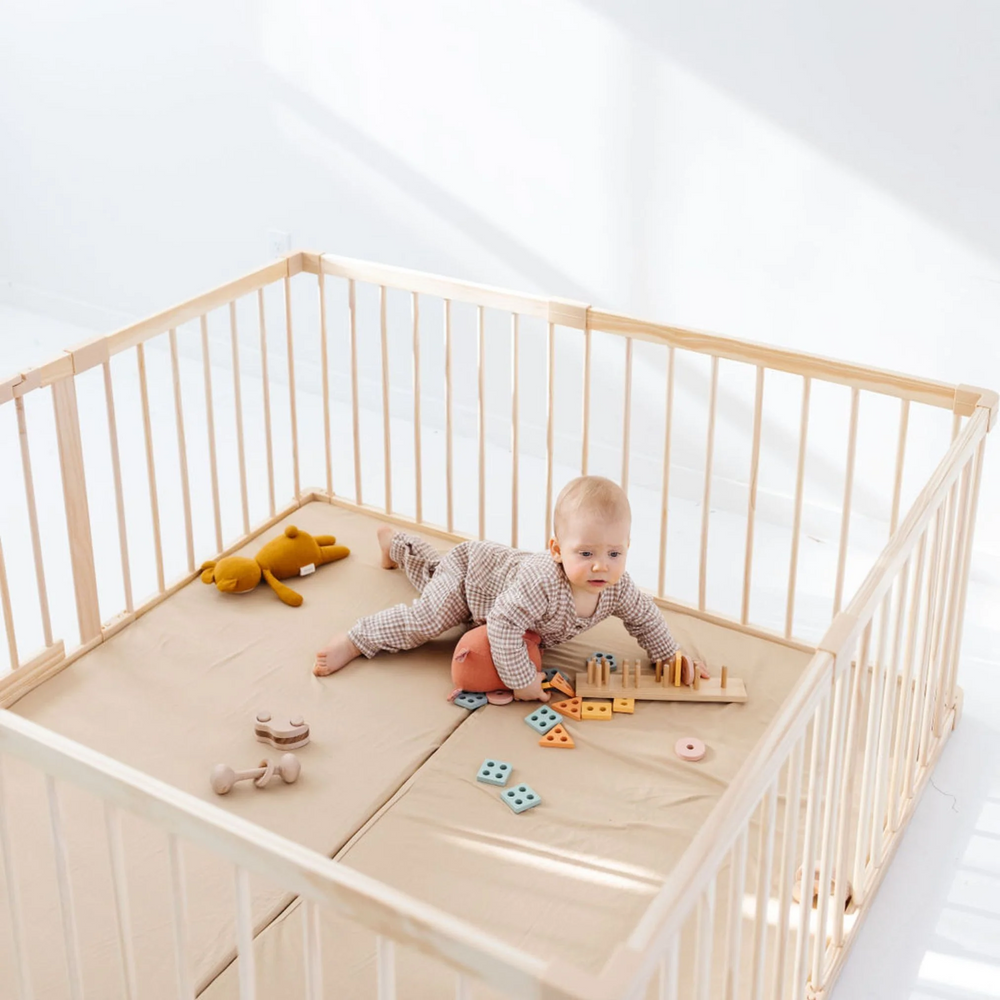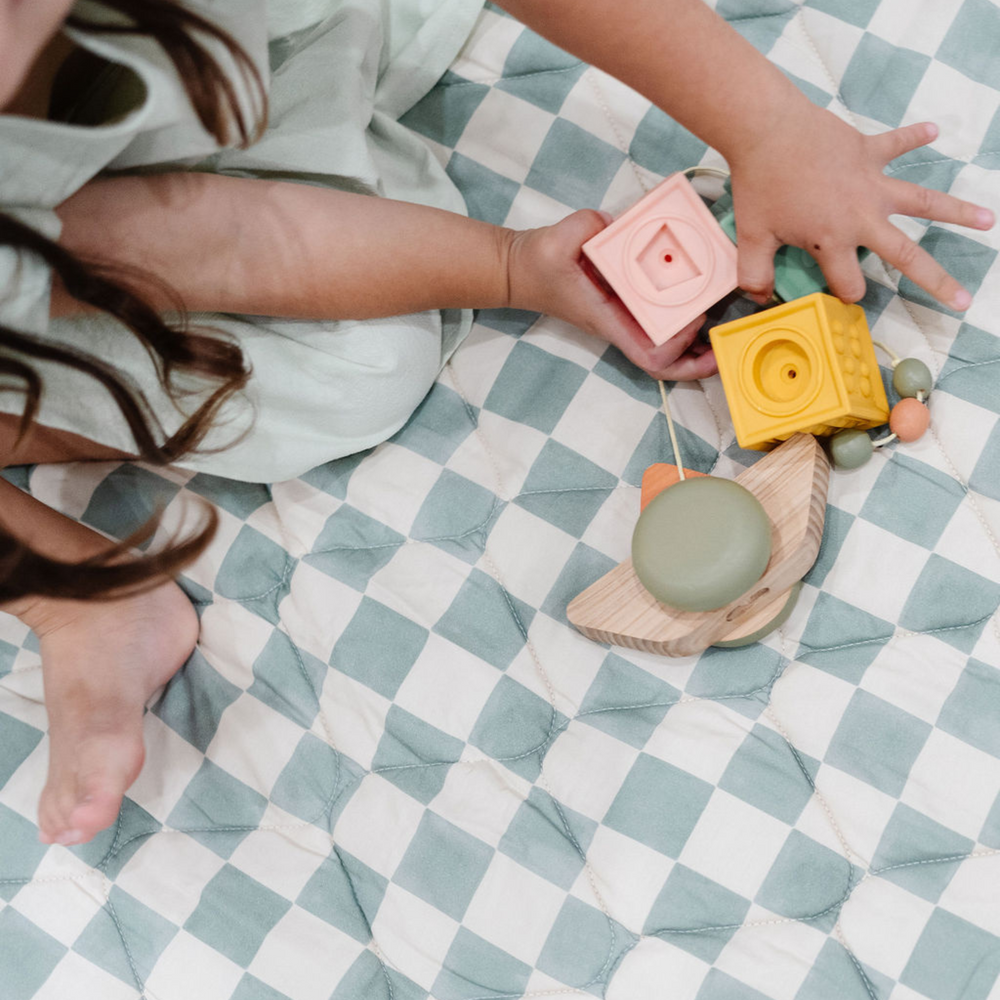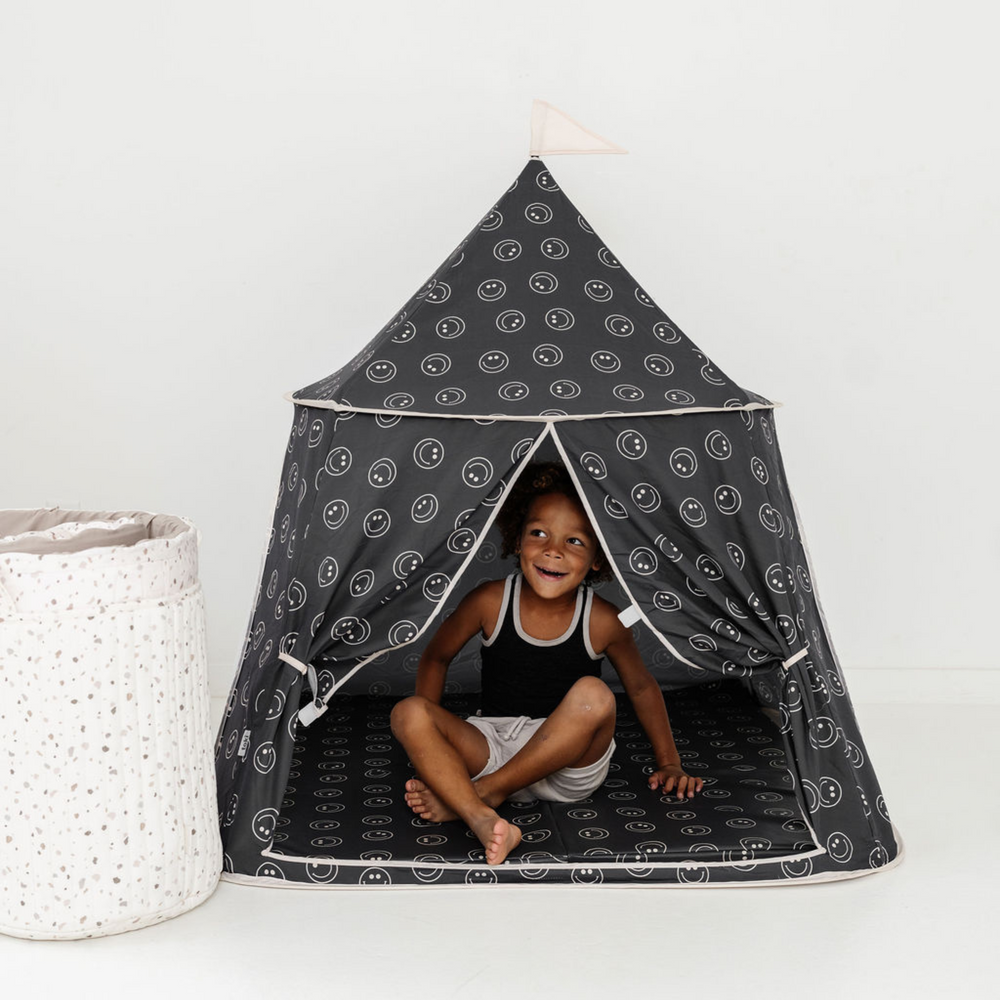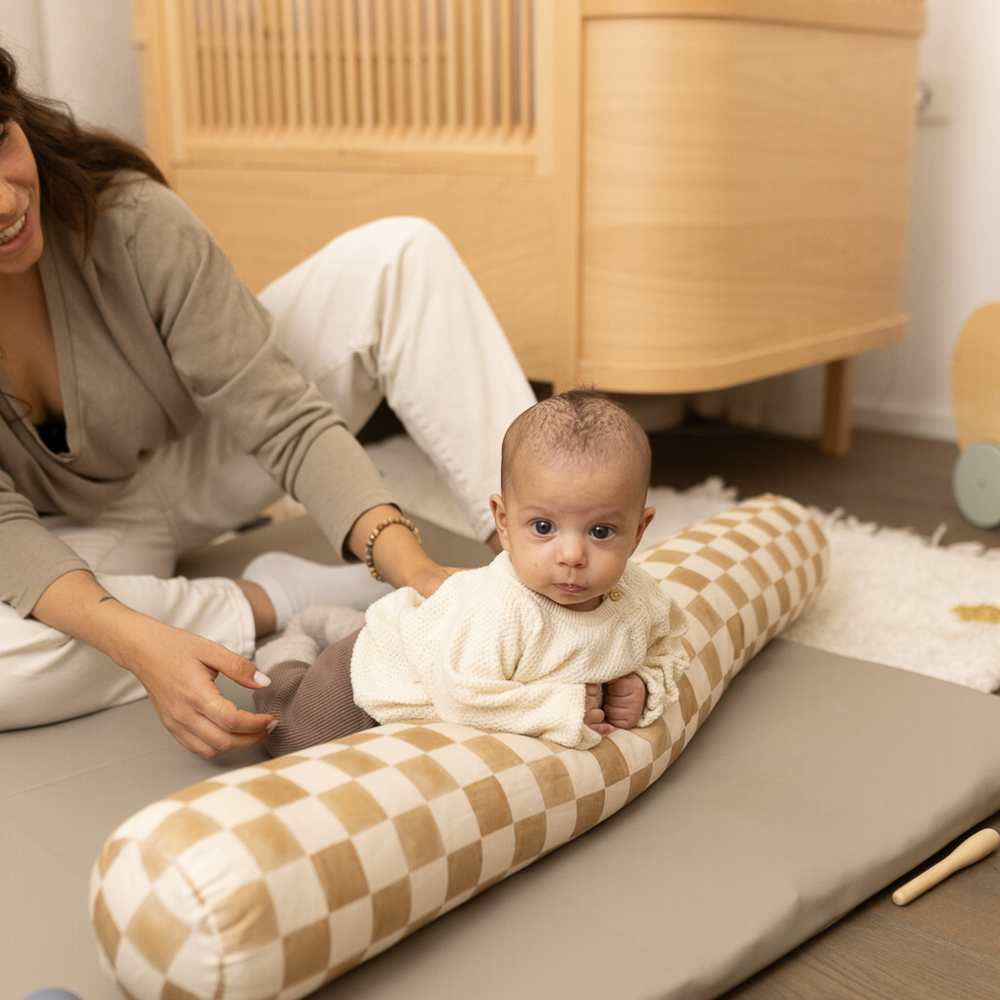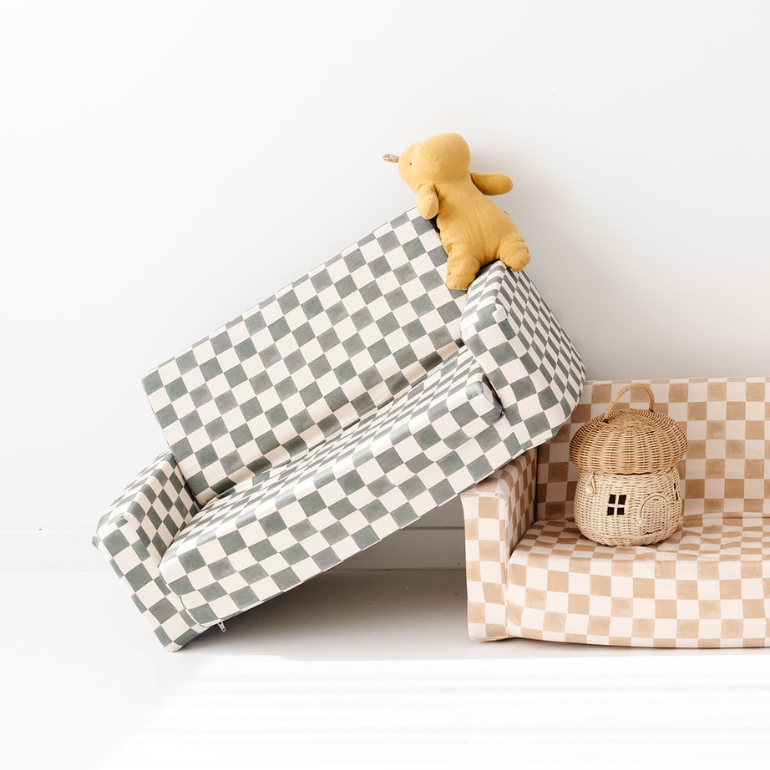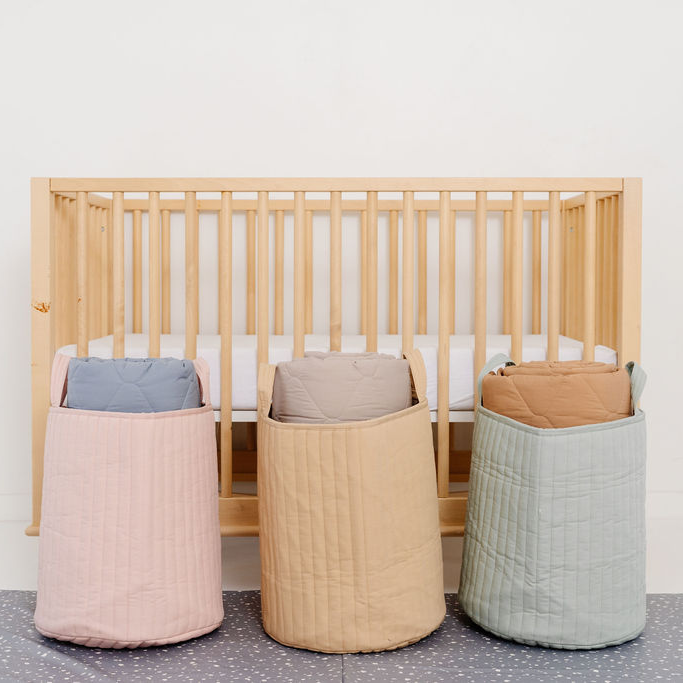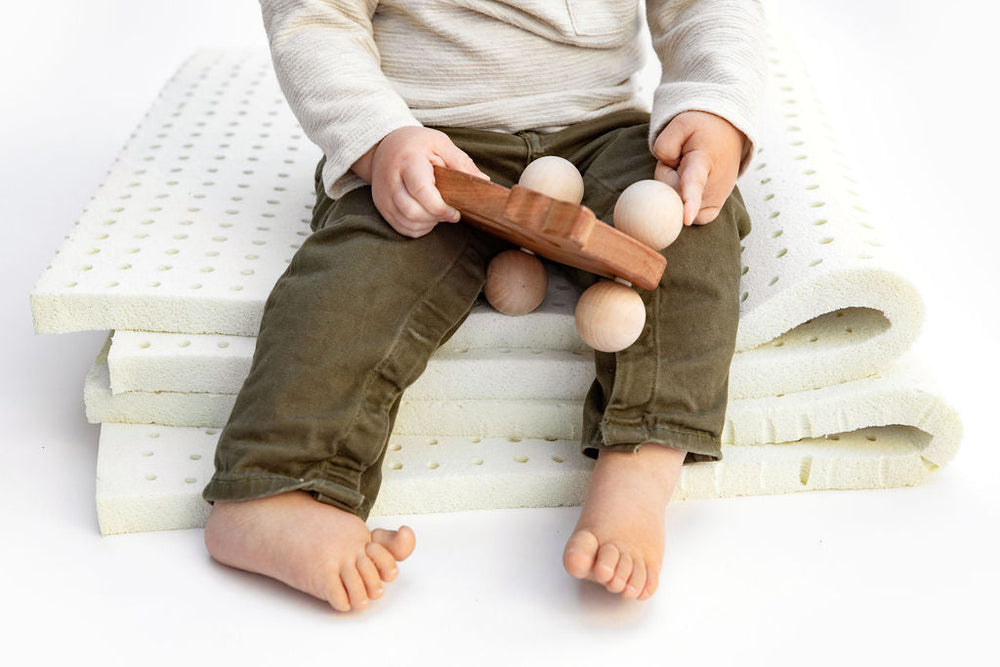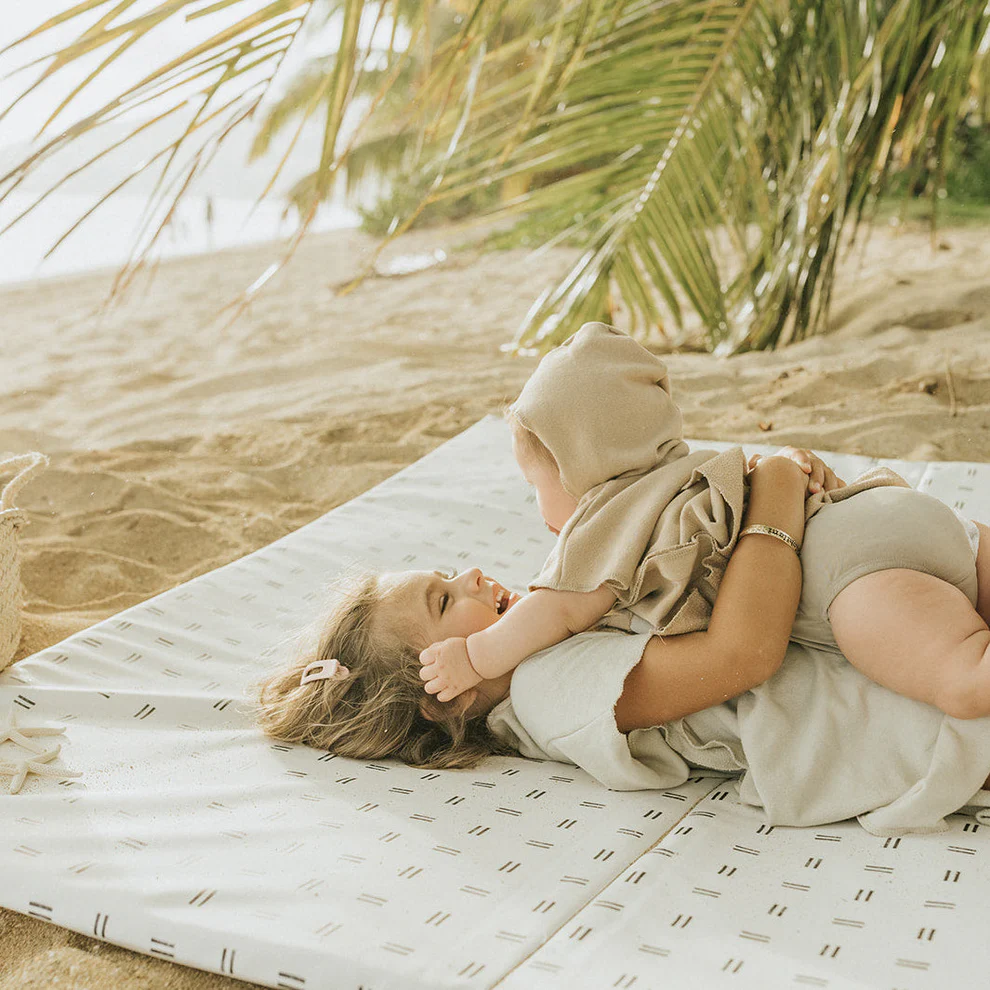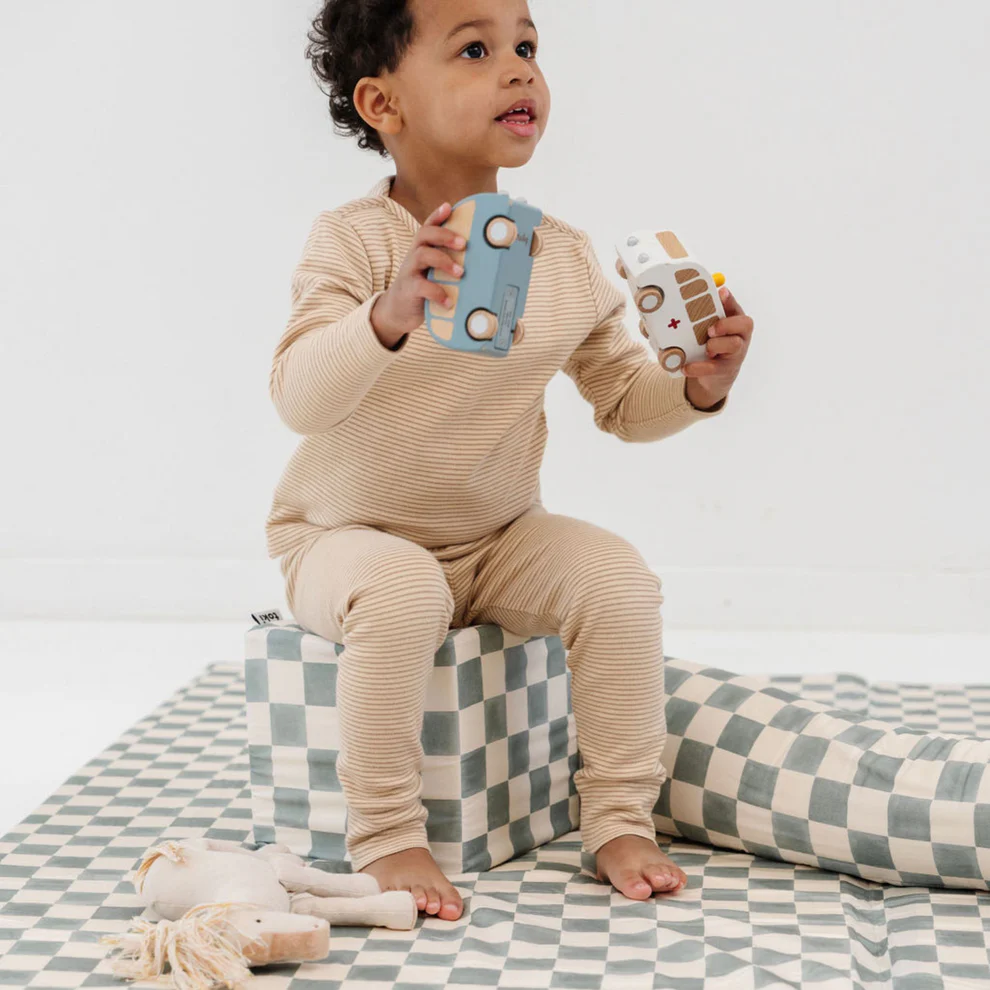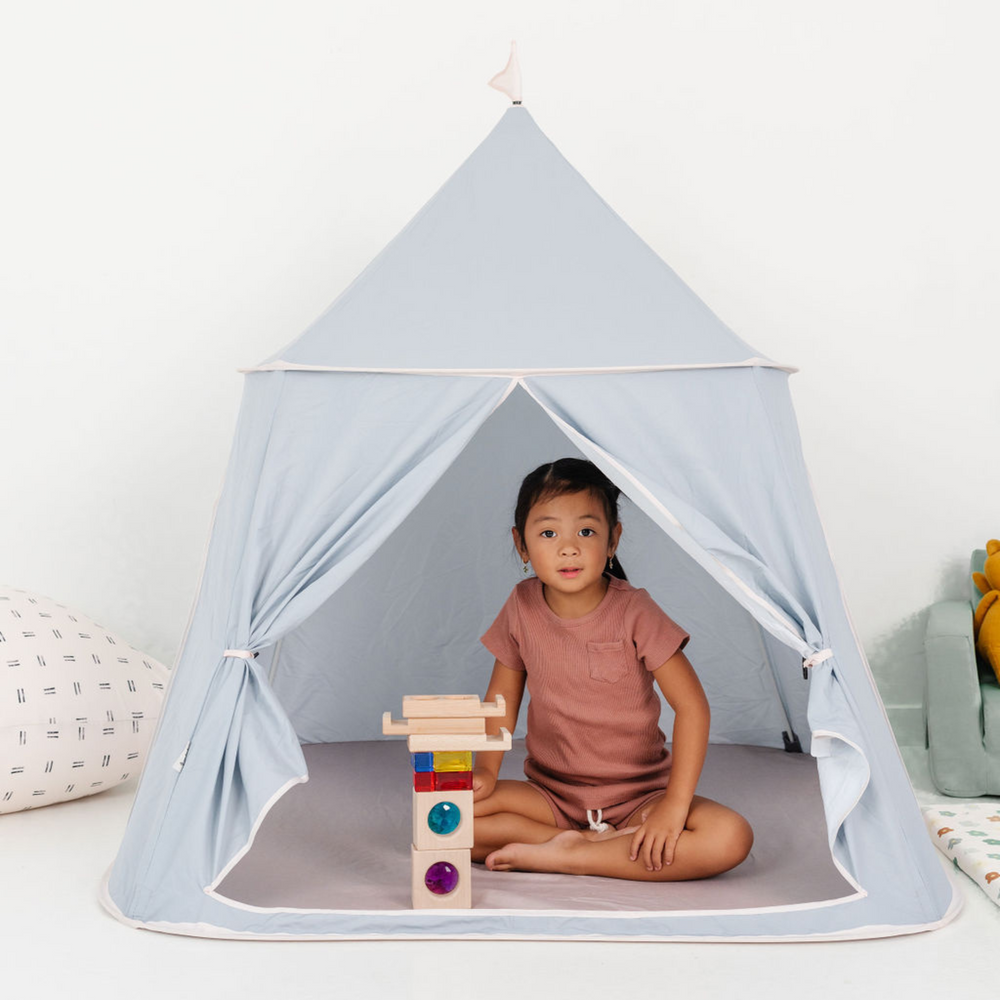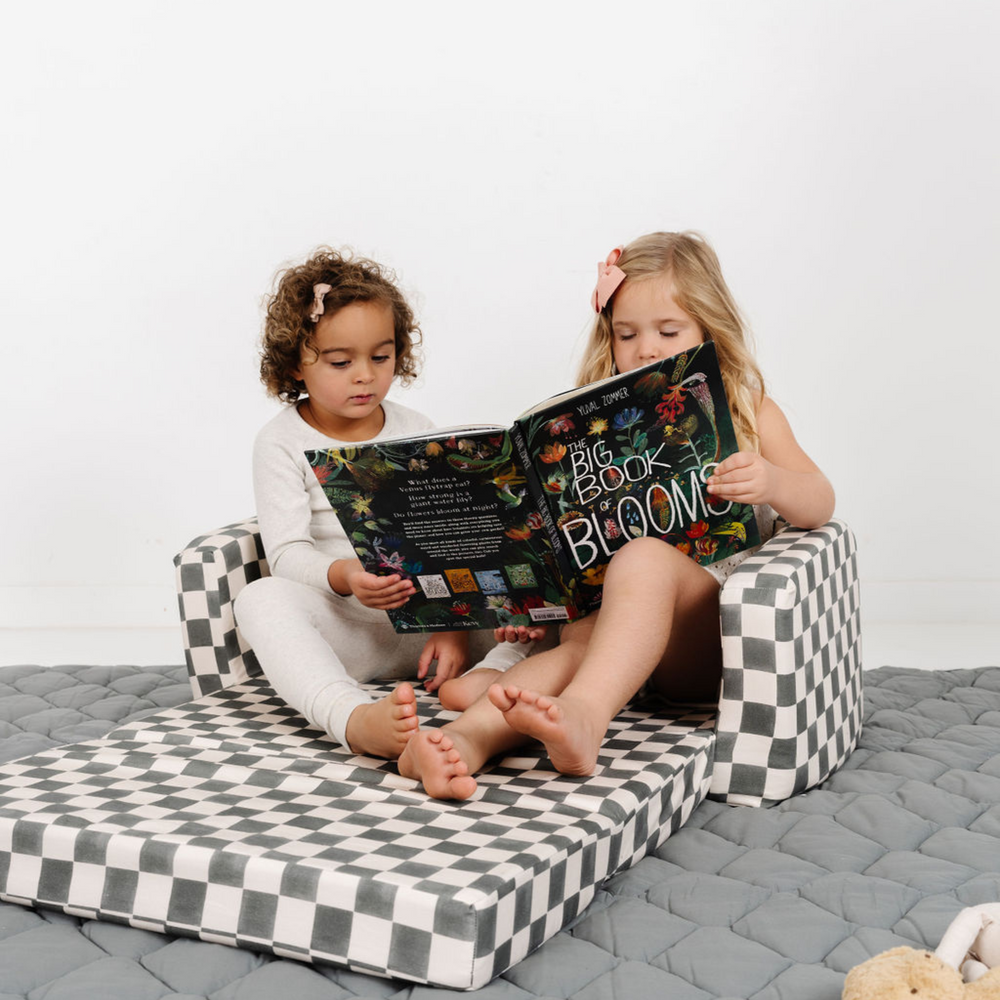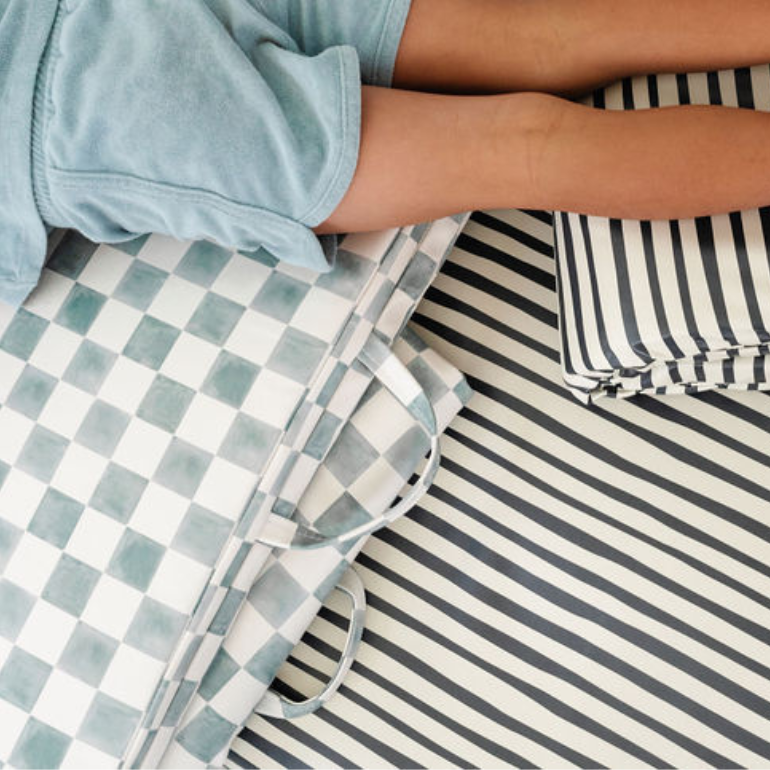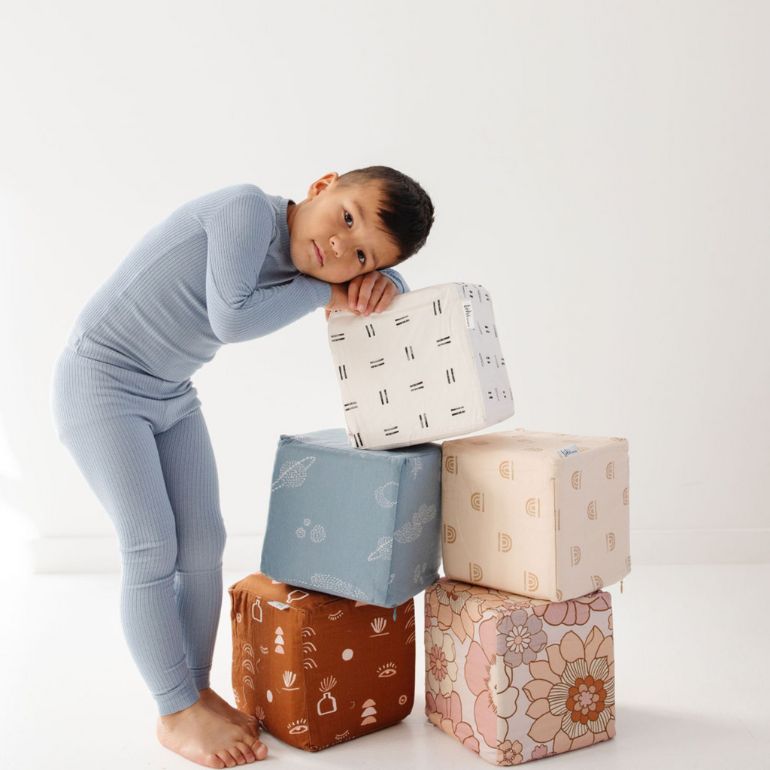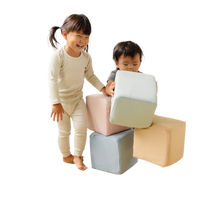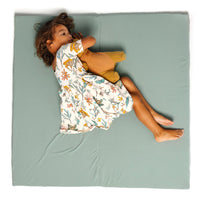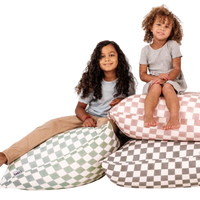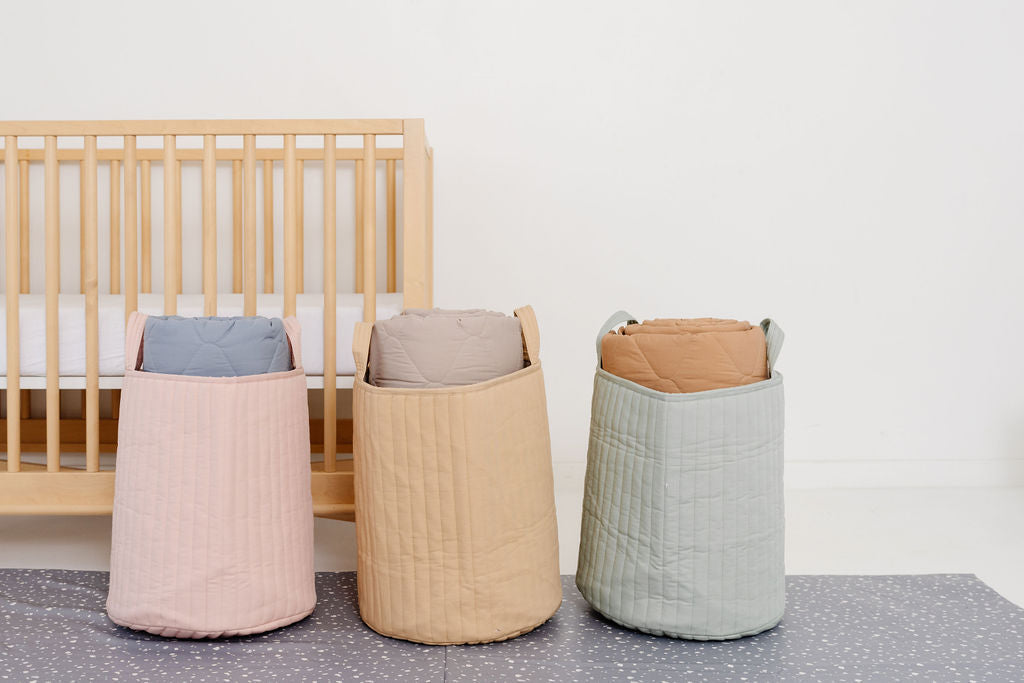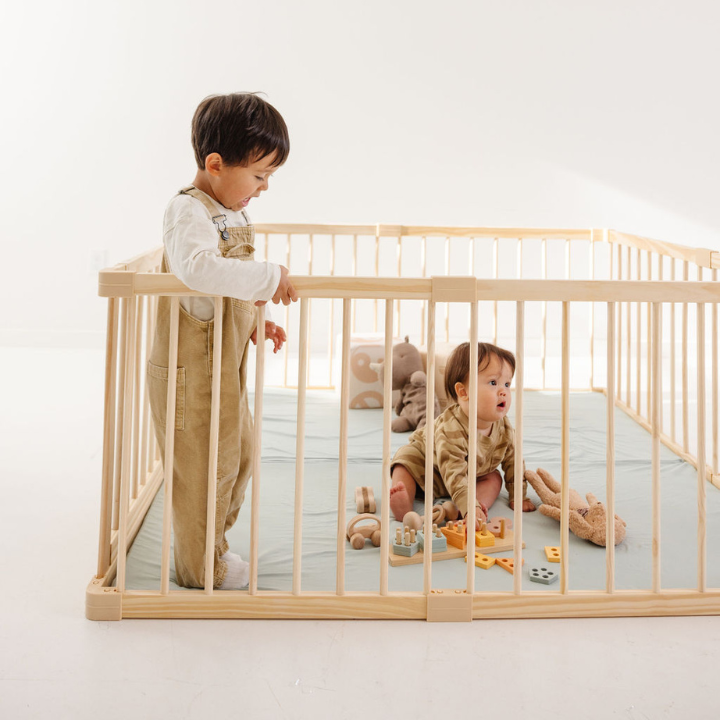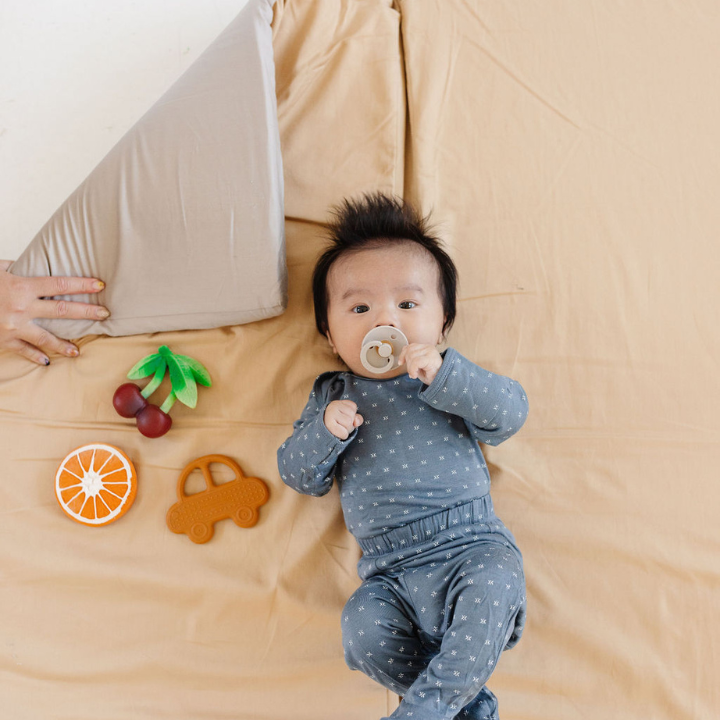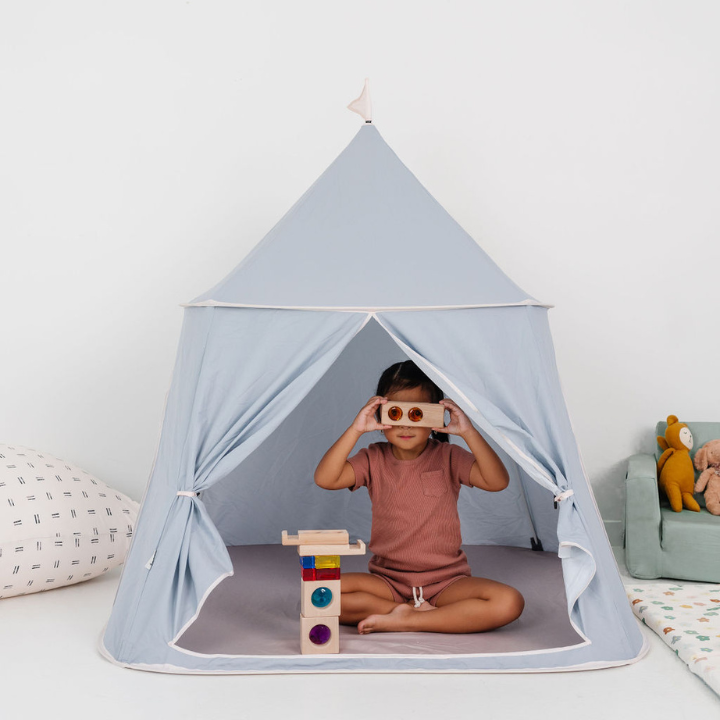Wake Window Activities by Age
June 30, 2025
If it feels like your baby spends more time asleep than they do awake, that’s because newborns sleep a lot—-up to 18 hours a day, in fact. Babies need plenty of sleep to fuel the rapid growth of their brain and body in that first year. Their sleep needs decrease as they get older, but you’ll want to take advantage of the time that they’re awake to play and work on motor movement.

What Are Wake Windows?
Wake windows are the time your baby spends awake between periods of sleep (naps and bedtime). Your newborn will have very short wake windows, most of which will be spent eating. However, as they grow, these wake windows will stretch longer and longer with fewer naps.
Why Are Wake Windows Important?
Paying attention to your baby’s wake windows can be greatly beneficial for both you and your baby. By putting them down for a nap or bedtime at the optimal time when they’re sufficiently tired but not yet overtired sets the stage for less struggle and more productive wake windows.
If you attempt to give your baby tummy time when they’re overtired and overstimulated, they’re more likely to fight it. Getting the timing right when they’re alert, curious, and more receptive to working on motor skills is the best way to teach them to love floor play—which, in turn, makes things easier for you!

Recommended Wake Windows by Age
Newborns (0-1 month): 30 to 60 minutes
1-2 months: 1 to 2 hours
3-4 months: 1.25 hours to 2.5 hours
5-7 months: 2 to 4 hours
8-10 months: 2.5 to 4.5 hours
11-13 months: 3 to 5 hours
Wake Window Activities by Age
0-1 month:
In these first few weeks, your newborn’s wake windows will be very short. With only 30 to 60 minutes of awake time before they’re nodding off again, it might feel difficult to do anything besides squeeze in a feeding. Prioritize short tummy time sessions, letting them get used to being belly-down on a soft play mat for 3 to 5 minutes at a time. While doing skin-to-skin, you can also have them do tummy time on your chest.
1-2 months:
Newborns this age are able to stay awake for about an hour or two before needing to sleep again. When placed on their tummy, your baby should be able to hold their head up briefly and begin turning it from side to side. Stay consistent with tummy time, aiming for 10-15 minutes per day in small sessions they can tolerate. Since their vision is beginning to improve, use a rattle and slowly move it from side to side to help them develop visual tracking. This is also the perfect age to also introduce infant massage, which can help relieve gas and constipation, as well as strengthen your bond with your baby.
3-4 months:
Your baby should be able to be awake for about 2 hours at this age, and much of their play time should be done on the floor. Using a soft play mat, alternate between tummy time sessions and time spent on their back under a play gym to practice batting toys. Although your baby can’t understand what you’re saying yet, their brain is working extra hard to build language skills. Read plenty of books, including interactive ones like touch-and-feel board books, to incorporate sensory learning as well as introduce vocabulary.
5-7 months:
At this age, your baby will begin to transition away from structured tummy time sessions. They should be rolling in both directions, and will happily explore their surroundings on the floor. Use a playpen with a soft and supportive mat to keep them safe and comfortable as they work on gross motor skills. Fill a basket with safe objects of different textures, and let them explore with their newfound grasping skills. If the weather is nice, move tummy time outdoors for a sensory-rich experience on the grass or a waterproof play mat.
8-10 months
Your baby may be able to sit well on their own at this age, but if they still need a little support, you can use a support pillow for safety as they work on balance and core strength. They’ll need it to learn to crawl—-a skill that should develop around this time—-so prioritize lots of floor play on hands and knees to encourage your baby to crawl.
11-13 months
Your very mobile child is likely exploring every inch of the house by now, getting from point A to point B by crawling, scooting, and maybe even walking! Little ones typically learn to walk around their first birthday, but if your child is hesitant to take those first steps on their own, use these tips to encourage walking. If your little one is steady on their feet, work on stacking and balancing with jumbo play cubes!


Shop the blog
Checker Gumdrop Vegan Leather Mat
$225 - $225
An ultra comfy, mess-proof play mat for tummy time and soft seating inside, outside, or wherever you go.
Shop Now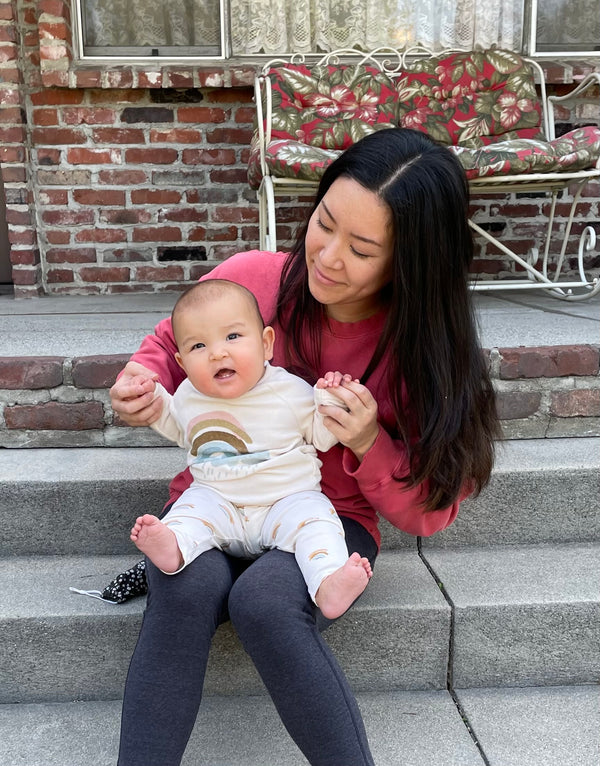
About the Author: Alice
Alice Mendoza is a copywriter and blog writer based in Los Angeles. She began writing for a baby brand while on maternity leave, and realized she had found her niche. Today, she writes exclusively within the baby space, using her BFA in Creative Writing and her own experience as a mother to guide her. When she’s not working, you can find her chasing down her toddler, going on walks around the neighborhood, or watching reality TV.
